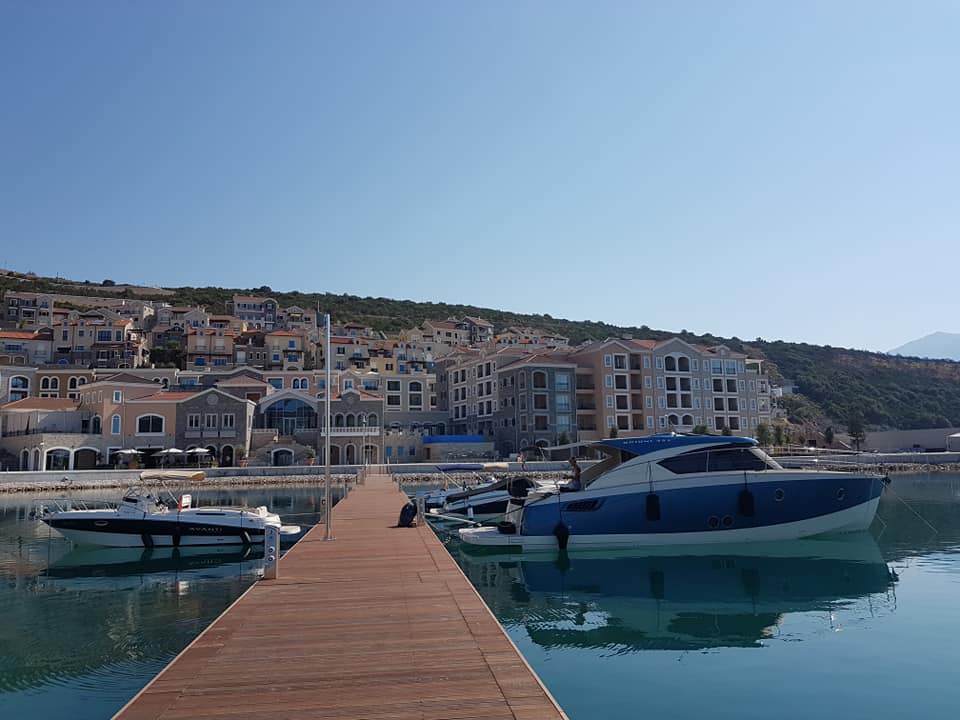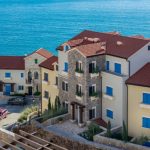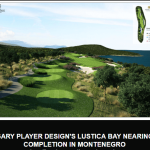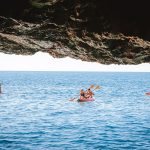The luxury Chedi Lustica Bay in Montenegro opened its doors to the world on July 21, 2018, part of a 1.1 billion euro Swiss-Egyptian tourism investment in the country, and the latest foreign investment in Montenegro. Meanwhile in Croatia…
It was a beautiful thing to see. A high-quality tourism project which will raise the profile of the region, as well as its hospitality standards, opening its doors in July, 2018, just as they said they would. A quite phenomenal achievement of construction and planning, which had some 530 construction workers on site to make sure that the ambitious deadline was met with just a few days delay. This at a time when Croatia is having to import construction workers from India to meet its needs, as the skilled Croatian workforce continues its emigration to Germany and beyond.
Before taking a closer look at why Montenegro is so much more successful than Croatia in realising major foreign investment projects, it is worth spending a second to enjoy the feel of The Chedi in these two videos taken by TCN on the opening morning of the hotel on Saturday (for a full picture special, click here) – arrival in the lobby, above. (Images below are from the opening day at The Chedi)
And while the hotel has valet parking for its guests, a much more pleasant way to arrive is by electric golf cart from the car park above.
The more time I spend in Montenegro with our new Total Montenegro News portal, the more I see the differences in foreign investment between the two countries. When I returned from my first visit to Lustica Bay back in February, I wrote an article called Lessons from Montenegro: Why Lustica Bay Will Never Happen in Croatia. The article attracted a lot of attention in the regional business community, as well as at ministerial level in both countries, which has ensured that my inbox remained as lively as ever.
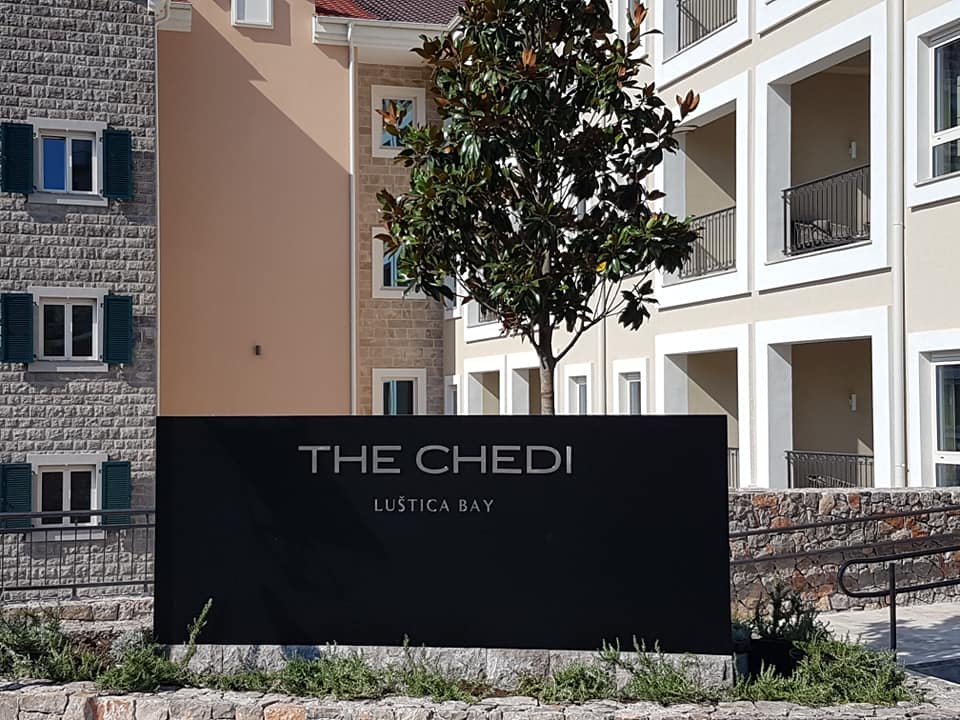
Having taken an interest in the subject, I took a closer look at successful foreign investments on the Croatian coast over the last few years. Whereas Montenegro had several investments over 200 million euro, (Porto Montenegro, Lustica Bay and Portonovi to name but three), nothing of that size has ever been built on the Croatian coast, despite its much bigger tourism industry and size. Unless you count the 1971 Penthouse palace on Krk. Indeed, the largest investment ever on the Croatian coast in recent times opened back in 2011, when the 160-million-euro Falkensteiner Punta Skala resort opened near Zadar. Lessons from Montenegro: Penthouse Haludovo in 1971 – Croatia’s Biggest Adriatic Foreign Investment.
It is not just Montenegro. It is now almost four years since I wrote an article for a Canadian portal called Croatia and Greece: A Tale of Two Nikki Beach Resorts. A little like The Chedi in Montenegro announced it would open in July, 2018, the Nikki Beach resort in Greece announced back in 2010 that it would open on August 1, 2014, which it did. The investors had acquired the property in 2006, while some Norwegian investors bought 80,000 m2 of land in eastern Hvar in 2007, with the intention of opening a 270-million-euro Nikki Beach resort near Sucuraj, creating both 500 jobs and what would have been the biggest foreign tourism investment on the Adriatic.
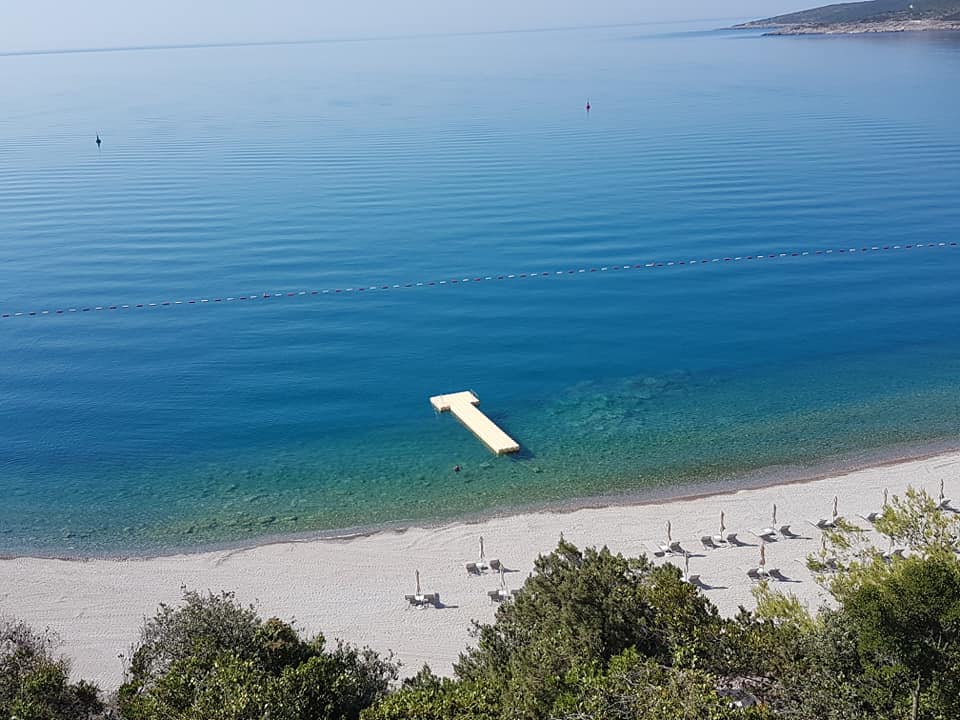
When I wrote the article in 2014, the Norwegians were seven years into the project and still did not own the land, while the Greeks were ready to go.
Four years later, the Norwegians still do not own the land, and the project – like so many others in The Beautiful Croatia – is in limbo.
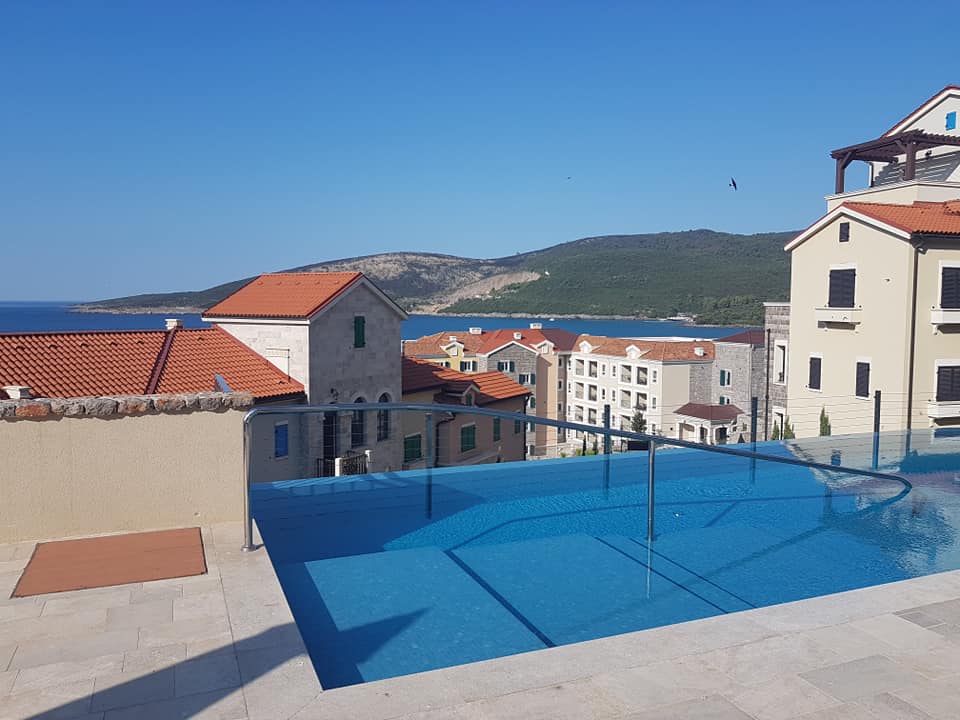
Four years of 500 lost jobs, countless lost taxes, and yet one more luxury tourism project which opens elsewhere, but not in Croatia.
And the emigration continues. Meanwhile in Lustica Bay, The Chedi will provide 200 jobs, and the whole Lustica Bay project – 7 hotels, 2 marinas, an entire village and a golf course (ah, golf, Croatia’s tourism strategy document envisages 30 courses from 2013 – 2020 – with two years to go, not one has been started) and 2,500 jobs.
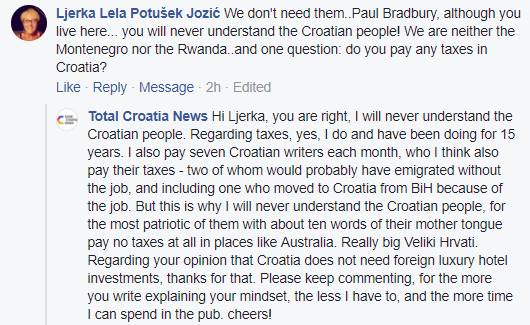
One of the things I love about Croatia is that as soon as you start any kind of constructive criticism of anything Croatian, the attacks begin and the rather bizarre rounds of self-justification take hold. When I wrote recently about how luxury hotel brands were opening in new hot spots such as Montenegro and even Rwanda, but not Croatia, I was given an explanation as to why Croatia doesn’t have them by one of my favourite trolls, the lovely Ljerka, who shares her musings with us from Sweden on a regular basis. A non-tax payer in Croatia, her policies would probably help bankrupt the State.
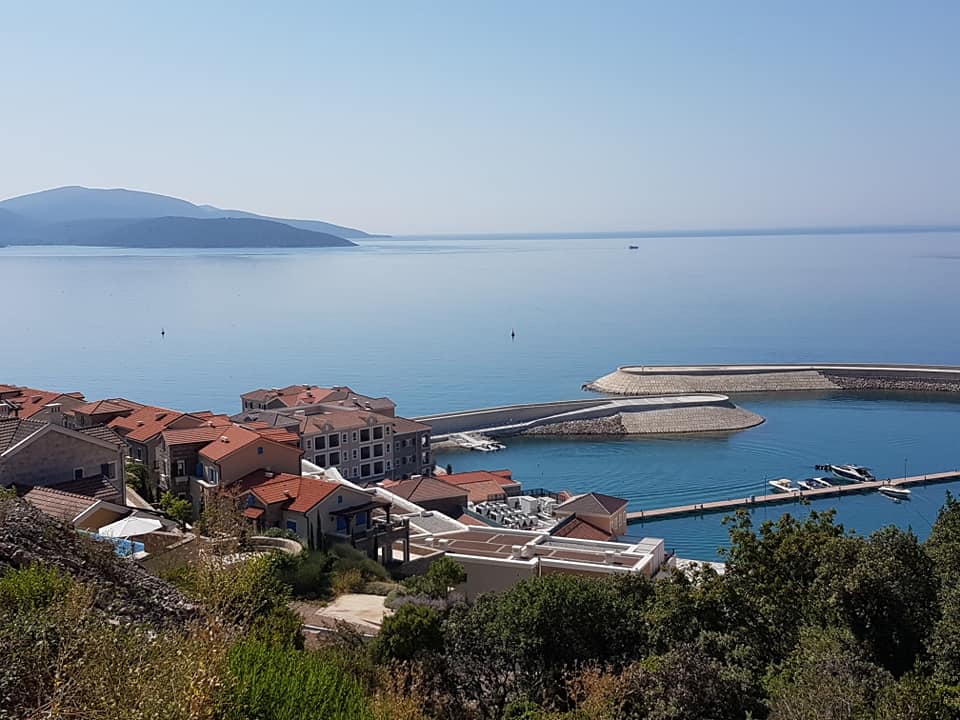
But Montenegro is corrupt, they cry, and it has overbuilt its coastline. Croatia is wise to be cautious about its investments so as not to repeat the same mistakes. Two of my favourite things to discuss in this beautiful region. Corruption and the Balkans go together like England and World Cup failure. Yes, Montenegro has issues with corruption, as does Croatia, Bosnia, Serbia and pretty much anywhere in the region. But there is a difference, as was explained to a friend of mine by a Russian billionaire who has invested heavily in the region.
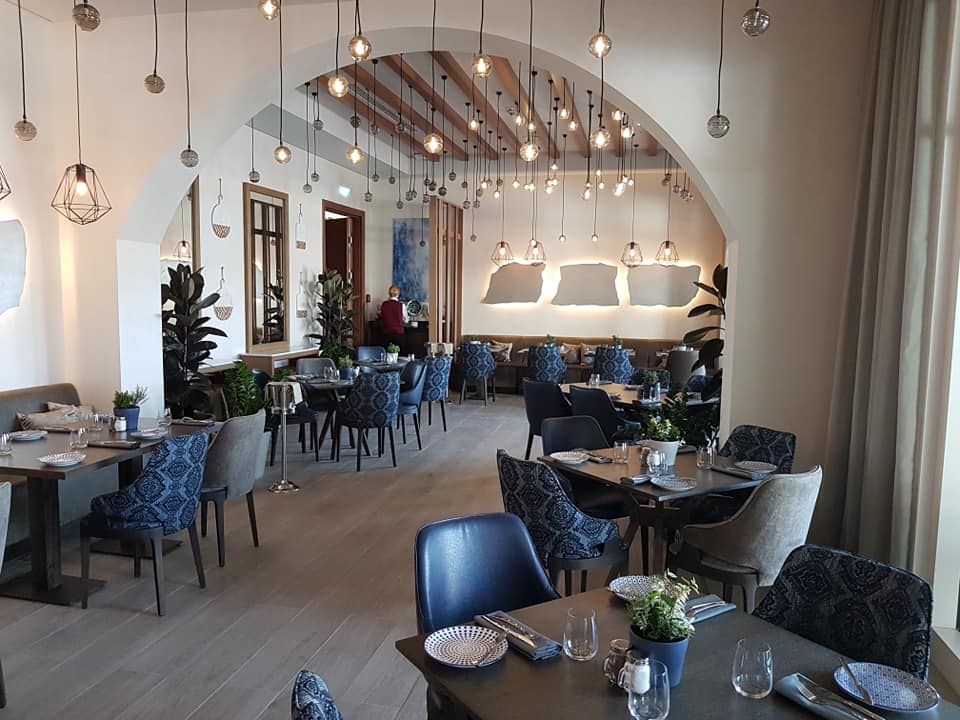
“There is corruption everywhere in the Balkans. The difference is that in Croatia, you pay the politicians and they do nothing, and then you have to start again every four years.”
For some, this would equate to Croatia being cautious about its investments so as not to repeat the same mistakes.
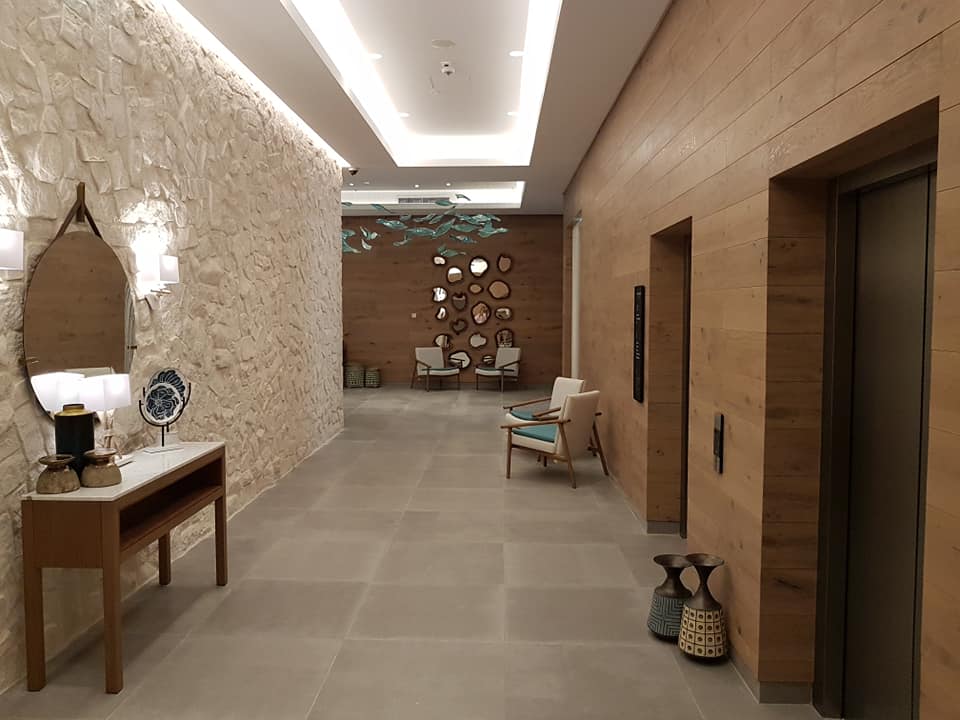
One big difference between Montenegro and Croatia, I have been told, is that when the State wants a project to happen, it happens. It is perhaps no coincidence that Lustica Bay is 10% owned by the Montenegrin State, and I was amused to hear from one source that when permits for a large project (I forget which) were sought, the government rounded up all the responsible persons for all aspects of the permitting and put them in a hotel, saying they could only come out when a permit was produced. As it was, 48 hours later. True or not, I don’t know, but it does seem to symbolise Montenegro’s willingness to push forward.
Now contrast the Montenegrin government’s ability to get things done with our heroes in the Croatian government working hard to push things forward. Above is Croatian Minister of Tourism, Gari Cappelli (second right), in June last year at a high-profile event promoting the Four Seasons Brizenica Bay development near Stari Grad, also on Hvar. I was at the event – you can read more about it here – as Minister Cappelli, who is fond of big announcements, told the world about the 140-million-euro investment, which would open in 2019, with one of the biggest hotel names in the world. Great news, and with such public government support, the project would be delivered on time, surely – Montenegrin-style?
Well… not quite.
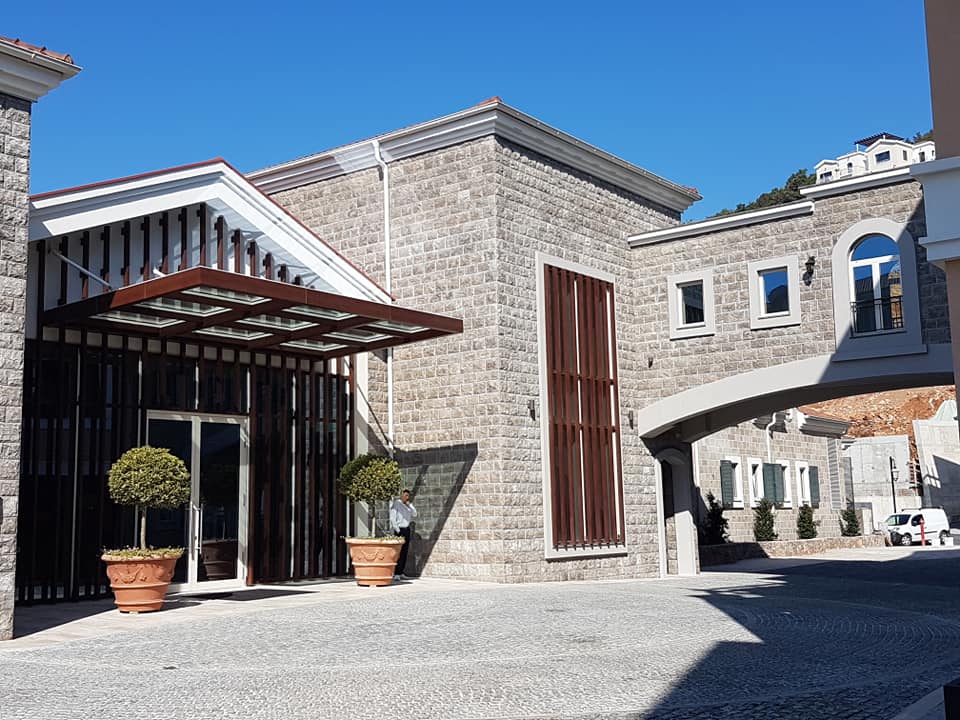
With just over 5 months to go until that magical year of 2019 starts, construction of the luxury Four Season Brizenica Bay project is yet to begin. Not only that, the building permit has yet to be issued. Not only that, the contract for the access road has yet to be signed. There is a lot of speculation in some quarters as to whether the project will go ahead at all (I hope it will). From memory, the project would bring 350 permanent jobs and 140 million euro investment to the island. Add those numbers to the proposed Nikki Beach Resort in Sucuraj and you have 410 million euro of investment and 850 jobs on an island of 11,000 people.
Not a single foundation has been dug on either project.
And the emigration continues…
I went to a fascinating hotel conference in Zagreb earlier this year, and the Adria Hotel Forum opened my eyes initially at what others are doing where Croatia is not, as well as how little the tourism gurus actually know about what is really happening. At the presentation of Croatian investment opportunity, for example, one of the leading slides was this one above, announcing an impressive (well, compared to Montenegro which presented after Croatia, not so impressive) 940 million euro tourism investment in Croatia for 2018.
Curious, I contacted the Ministry of Tourism and the Agency for Croatian Investment to find out what made up this 940 million. After a little back and forth, it became apparent that 300 million euro of this 940 to be invested in 2018 was not going to happen at all, with two projects stuck – Four Seasons Brizenica Bay and Hotel Belvedere in Dubrovnik, which is also a – yes, you guessed it – foreign investment. I would be curious to know where the 270 million euro of the Norwegians from Nikki Beach investment figures in the impressive ministry numbers.
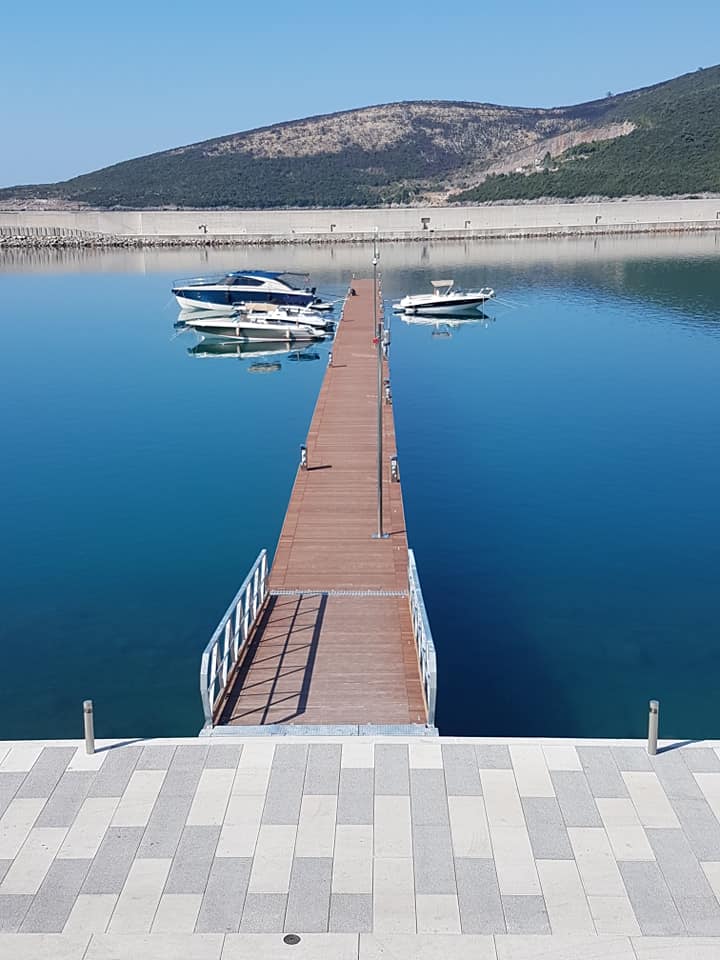
The closer you look, the more you wonder if there is anyone driving the tourism ship at all in Croatia.
Does it matter? Perhaps yes, perhaps no. It is an academic question as nothing will change, for this is The Beautiful Croatia. As long as we can keep cramming tourists into our coastal stone towns, cheer on our heroes on the football pitch and report record numbers of low-spending mass tourism, all is well.
Let’s leave the quality tourism development to the neighours.
But I leave you where we started – with the idyllic Chedi Lustica Bay, a true haven of regional hospitality. Learn more about The Chedi here.
